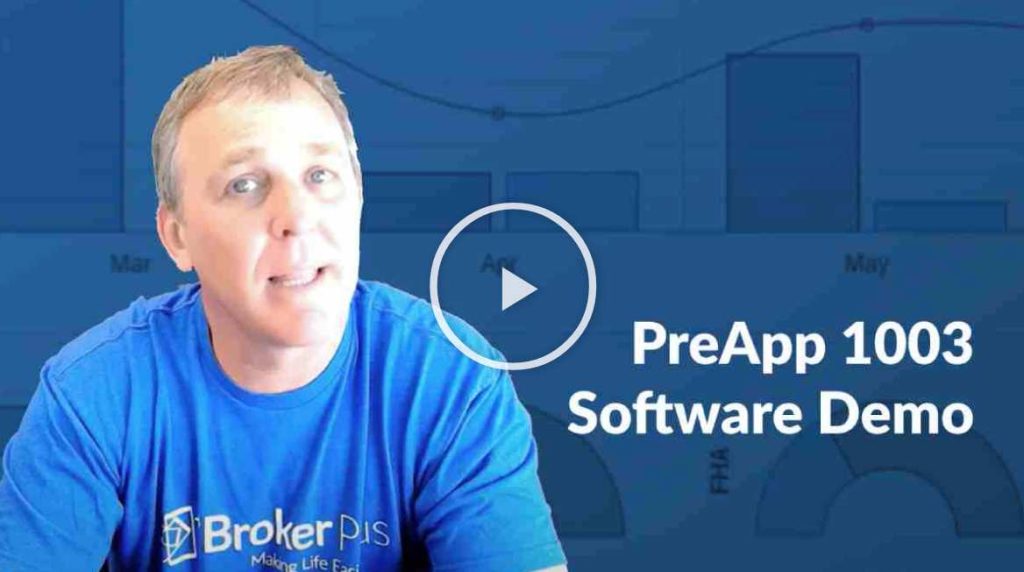In today’s competitive landscape, homebuyers expect speed, convenience, and top-notch service from a mortgage lender. To keep borrowers happy, lenders must meet those needs and make sure they are communicating with their clients during every step of the mortgage loan process. By investing in a mortgage POS system that integrates with their LOS, lenders can both meet and exceed borrowers’ expectations while making their back-end processes more efficient.
What Is The Difference Between LOS And POS Mortgage Systems?
A loan origination system automates and manages all the steps in the loan process – for the lender. Lenders use LOS systems to underwrite and process the loan after a homebuyer applies to a POS platform. A loan origination system streamlines a lender’s workflow, making the process less cumbersome and easier to manage. Some of these systems will even integrate with loan review software, allowing lenders to monitor the loan after it is disbursed.
On the other hand, a POS mortgage platform is a tool used to facilitate the digital loan application process for the borrower. It allows lenders to communicate with and guide homebuyers through the application process, prompting them to complete all necessary steps and submit all documents via an online portal. A mortgage POS system allows borrowers to quickly and easily apply for a mortgage, submit documentation, and track the process of their applications. Borrowers can also communicate with loan officers remotely via desktops, tablets, or mobile devices using this platform.
Not All Mortgage POS Systems Are Created Equal – Find The Best Fit For You!
Today’s borrowers are technologically savvy. They also want a seamless, efficient, and transparent loan process. By combining these elements and transitioning the mortgage application process to a POS mortgage system, lenders can provide exactly what borrowers are demanding. However, not all mortgage POS systems offer everything a borrower wants.
Here are a few elements a modern system should include to provide borrowers with a seamless virtual experience.
- Secure digital borrower portal – online portals provide a user-friendly interface where borrowers can easily apply for loans, upload necessary documents, and track their application’s progress.
- 1003 loan application – providing an integrated loan application system will simplify the application process for the borrower, making it easier for them to complete and submit their forms.
- Automated communications – automating important updates and reminders keeps borrowers informed about their loan status and helps lenders streamline their workflow.
- Mobile apps – allowing borrowers to choose which interface they use is key in today’s digital world. Make sure your POS mortgage software can be used on any device, from desktops to smartphones.
- Integration with industry software – to truly take advantage of today’s technological advancements, make sure your POS system integrates with other software solutions within the lending industry.
- Compliance controls – a mortgage POS system can help lenders stay up-to-date with the latest industry regulations to ensure compliance.
- eSignature capabilities – make the loan process easier and faster for borrowers by allowing them to sign documents digitally.
All of the items listed above work together to create a transparent, streamlined solution that caters to today’s homebuyers and improves the overall efficiency of the loan process. By adopting these new POS mortgage systems, lenders can improve the overall loan process for borrowers and efficiently maximize their workflow.
How Do I Choose The Right Mortgage POS System?
By now, you can probably see the benefit of incorporating a mortgage POS system into your lending practices. These feature-rich powerhouses can automate many of the processes that take up so much of your time – from managing loan applications to tracking the progress of each loan to using loan review software after a loan is disbursed to monitor collections and other communications. However, with so many options available to you, how do you know which POS mortgage system is right for you?
Here are a few features to consider before you invest in a mortgage point-of-sale system:
- Integration – does the solution integrate with the other software systems you already use? If not, reconsider your options! Integration is critical to ensure that your data is consistent across platforms and that your work can proceed efficiently.
- Security – applying for a loan means that borrowers will be submitting sensitive data over the Internet. With that in mind, you need to make sure the mortgage POS system you implement is secure. Complying with all relevant data protection regulations is a must.
- Customization – is the solution you are considering customizable to your specific needs? The best POS mortgage systems allow you to customize features to fit your specific business requirements.
- Usability – is the solution easy for you AND your borrowers? A user-friendly interface will significantly enhance a borrower’s experience and increase loan officer productivity.
As the mortgage industry becomes increasingly digitized, adopting a mortgage POS system is necessary if you want to stay competitive. Not only will it streamline your workflow and help you automate formerly cumbersome processes, but it can also enhance a borrower’s experience and increase their satisfaction. This can lead to referrals and repeat customers, a boon for your bottom line.
Simply put, POS mortgage systems are fast becoming a non-negotiable asset in the lending industry. Smart lenders are taking notice and making the switch to these platforms. Hurry! You don’t want to be stuck in the dark ages. Make the switch to a mortgage POS system today.


